It’s safe to say we have all developed some bad habits throughout our lives, especially when it comes to work. Whether it’s skim reading through important emails or refusing to take a 10–15-minute work break, we all have them.
When it comes to customer service, it is far too easy to fall into bad habits, which can lead to poor customer experience, negatively impacting your churn rate.
As with any negative trait, your bad customer service habits can be broken, and with the help of artificial intelligence (AI), it is even easier to do just that.
1. Blaming your customers for miscommunication.
"The customer is always right" – it's a business mantra as old as time, but it is more relevant now than ever. These days, the business that knows their customers best and caters to their needs more often than not comes out on top. It is far too common; however, during customer service interactions, things can get lost in communication – especially if the customer is emotional or distressed.
Your business can leverage AI by utilising natural language understanding (NLU) which provides real-time analysis of customer service calls. This analysis can give you a better understanding of the conversation between the customer service representative and the customer. AI can offer ways to improve the experience via understanding the customer's level of frustration, the need for escalation and quicker resolution of problems.
With AI from Sentient Machines, you can quickly discover if there is too much confusion in your customer interactions or if customers are constantly looking for clarification. Then you can train your team efficiently to deliver a smoother customer experience, even during the most challenging interactions.
2. Ignore your customer by replying after a few days or, even worse, not replying at all.
A study conducted by Arise a few years ago found that while around two-thirds of consumers would accept hold times of less than two minutes, 13% said that no hold times at all were acceptable. Moreover, about 34% or one-third of callers hang up and never call back if their call is not answered within a reasonable time. This is also known as Abandonment Rate, one of the more critical call centre metrics.
We have all experienced poor customer service, waiting for hours to resolve simple issues. There is no excuse for letting your customers wait in this day and age, with so much advanced technology at our disposal. And especially with so much competition, there is no room for ignorance if you want to run a successful business.
AI can now let you measure customer wait times. Historically, poor service has been difficult to track. With AI, you can collect actionable insights on each interaction and use that transparency to perfect your customer service.
With the Sentient analytics platform, you can automatically group conversations by topics and use it to draft a reply to your customers within seconds. You could even set alerts to reply to your vulnerable customers quicker than the competition.
3. Charge customers for something that does not generate value.
Charging high fees for doing a lot of work invisible to your customer is a thing of the past. If you need to do a lot of setups that your customers can't see, ensure this is reflected in the price.
With AI, you could gather such early signs in customer interactions based on how they phrase questions or talk about benefits.
4. Sounding incompetent.
This is a tricky one. I believe everyone has their place in the world, but it can sometimes take a few trials and errors before people understand what they want and whether they resonate with the company's vision.
In the meantime, those people might have a few conversations with your customers, so you need to make sure your customers don't get a perception of incompetence. It is better to strengthen your interview process to ensure you are hiring people who are 100% aligned with your vision for the future in all aspects.
This means that it's harder to grow your team quickly, but what you gain long-term is more consistency and competence, and your customers will undoubtedly be able to feel this. With AI, you could help your team understand their strengths and weaknesses and upgrade your training system to make it fully bespoke in a matter of seconds.
5. Lock in your customer and keep referring to terms and conditions.
Have you ever read terms and conditions? You are not alone, not many people do. A recent survey from Deloitte found that 90% of consumers accept legal terms and conditions without ever reading them.
We are experiencing the end of the terms and conditions era and the beginning of humane customer relationships. If you are referring to your T and Cs in talking to your customer, you've already done something wrong. The new era is about customer loyalty and making sure you amend T and C on the fly if they are not suitable for your customer.
The best utilisation of AI is not to replace human interaction but to enhance it and decrease the friction in the customer experience. With our platform, you can highlight interactions where agents refer to terms and conditions or discuss in too much detail elements that customers don't value, resulting in low customer satisfaction.
It's never too late to break a habit.
Speech analytics software greatly improves contact centre performance when combined with human intervention. Apart from contact centre AI technology, human agents can listen to and transcribe recordings while spotting errors and inconsistencies just as effectively. What is more, they can stamp out these bad habits that may be hindering their customer service.
With AI, you can put those bad habits to bed once and for all, creating a better experience for your customers and, in turn, creating greater customer loyalty.

